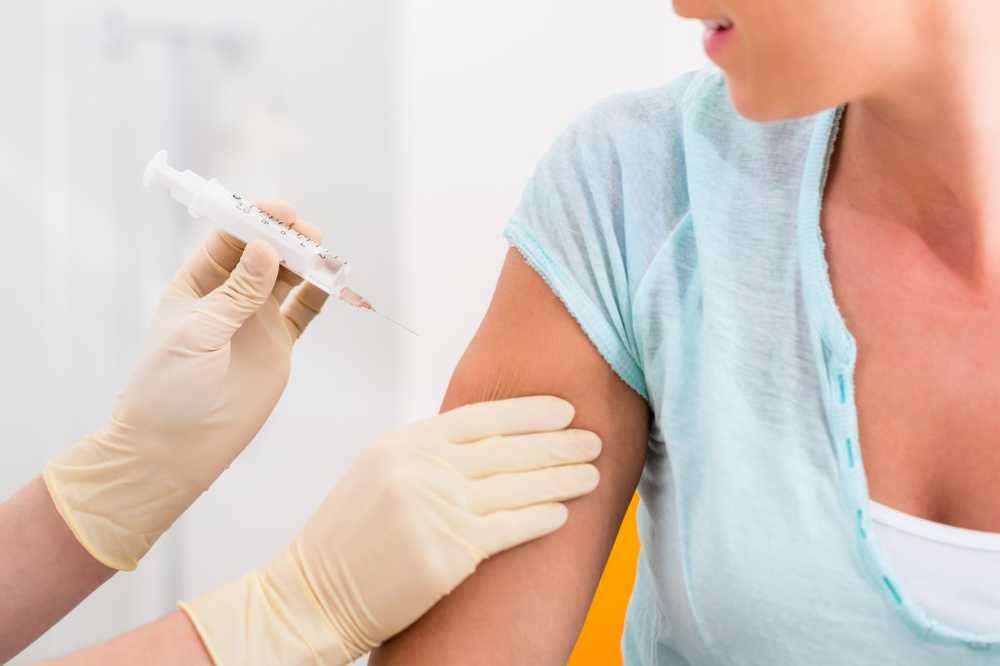Health News

Pin-prickle infections are common

"Needlestick risk - prevent infections effectively"
Needlestick injuries are among the most common types of injury in the health service. They harbor a high risk of infection and are often underestimated. A new brochure of the BG for Health Service and Welfare (BGW) shows you to protect yourself and your employees in the best possible way.
Needlestick injuries include any puncture, cut and scratch injury to the skin from stinging or cutting instruments that are contaminated with foreign or other foreign bodily fluids. It does not matter if the wound is bleeding or not. In addition to people who deal directly with piercing or cutting instruments, for example, cleaning staff can also suffer needlestick injuries. Picture: Kzenon - fotolia
Picture: Kzenon - fotolia
Needlestick injuries are among the most common types of injury in the health service. They harbor a high risk of infection and are often underestimated. A new brochure of the BG for Health Service and Welfare (BGW) shows you to protect yourself and your employees in the best possible way.
Needlestick injuries include any puncture, cut and scratch injury to the skin from stinging or cutting instruments that are contaminated with foreign or other foreign bodily fluids. It does not matter if the wound is bleeding or not. In addition to people who deal directly with piercing or cutting instruments, for example, cleaning staff can also suffer needlestick injuries.
 Picture: Kzenon - fotolia
Picture: Kzenon - fotolia The new BGW brochure "Risk Needle Sting - Effectively Preventing Infections" provides information on the risk of infection from needlestick injuries in everyday practice. It shows how the corresponding hazards can be assessed, suitable protective measures can be defined and established on site. One chapter is dedicated to the topic of safety devices and procedures. It also explains what to do if someone is hurt. You can find the brochure here. (Pm)


